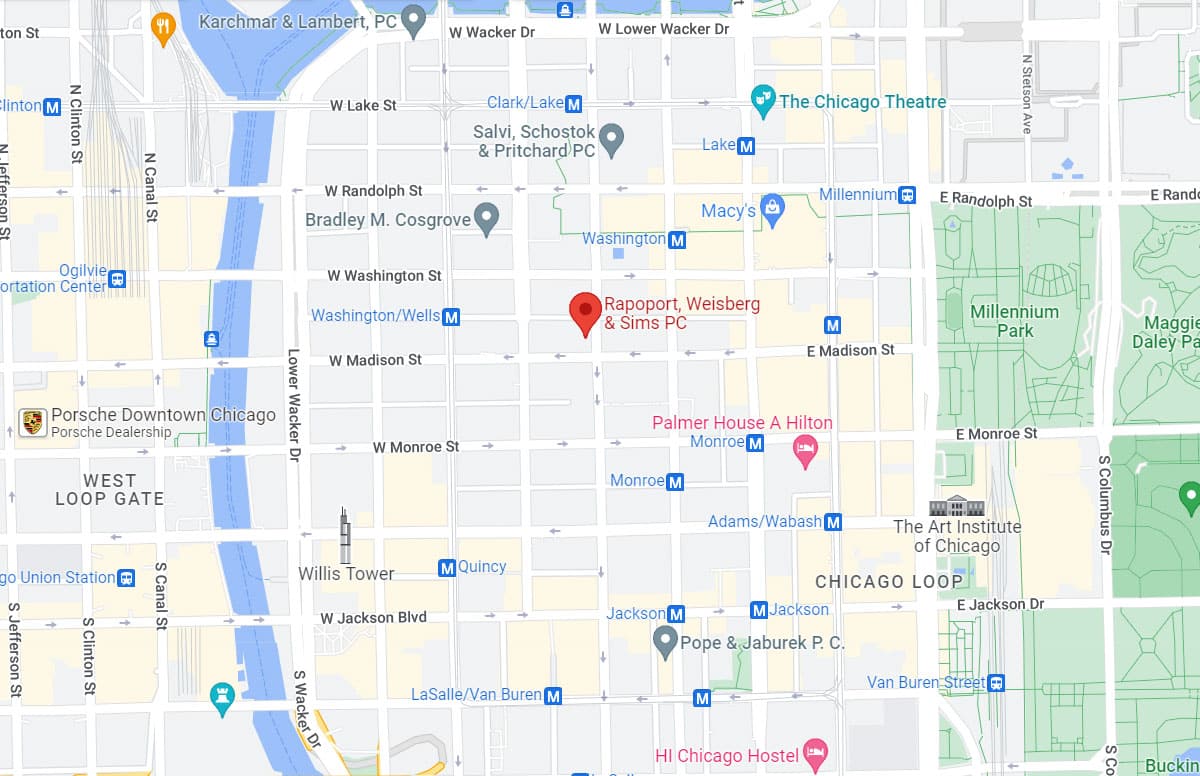The National Transportation Safety Board has recommended the installation of anti-ground collision aids on large airplanes. Three ground collision accidents involving large planes hitting other aircraft during taxiing are currently under investigation by the NTSB. The recommendations, which were made to the Federal Aviation Administration and the European Aviation Safety Agency, involved on-board external-mounted cameras which would allow pilots to see the wingtips of the plane while taxiing. Currently, pilots of larger planes would have to open a window in the cockpit and extend their heads outside the plane to view the wingtips.
The three incidents currently under investigation occurred in O’Hare, Boston Logan International Airport and Kennedy International Airport. Each involved a jumbo jet striking a commuter jet while taxiing. Preliminary information released by NTSB investigators reported that the pilots of the large planes had no practical way to view the wingtips of the planes from the cockpit. The recommendations, if adopted, would place cameras on all new planes and require the existing fleet to be retrofitted with the devices. Several types of aircraft would be affected, including the Boeing 747, 757, 767 and 777 models and the McDonnell Douglas MD-10 and MD-11.
Collision warning systems and external cameras are already used in many highway vehicles. NTSB chairwoman Deborah Hersman is now calling for their use in the aviation industry. According to the NTSB, there have been 12 accidents since 1993 involving the wingtips of large planes colliding with other planes or objects while taxiing. Each such collision carries the threat of a serious accident because jet fuel is stored in the wings of jumbo jets.
The NTSB does not have the power to require its recommendations to be implemented. The FAA has not yet responded to the proposed changes.
Source: Chicago Tribune, “Put external cameras on planes to avoid ground collisions: Feds,” by Jon Hilkevitch, 5 September 2012
